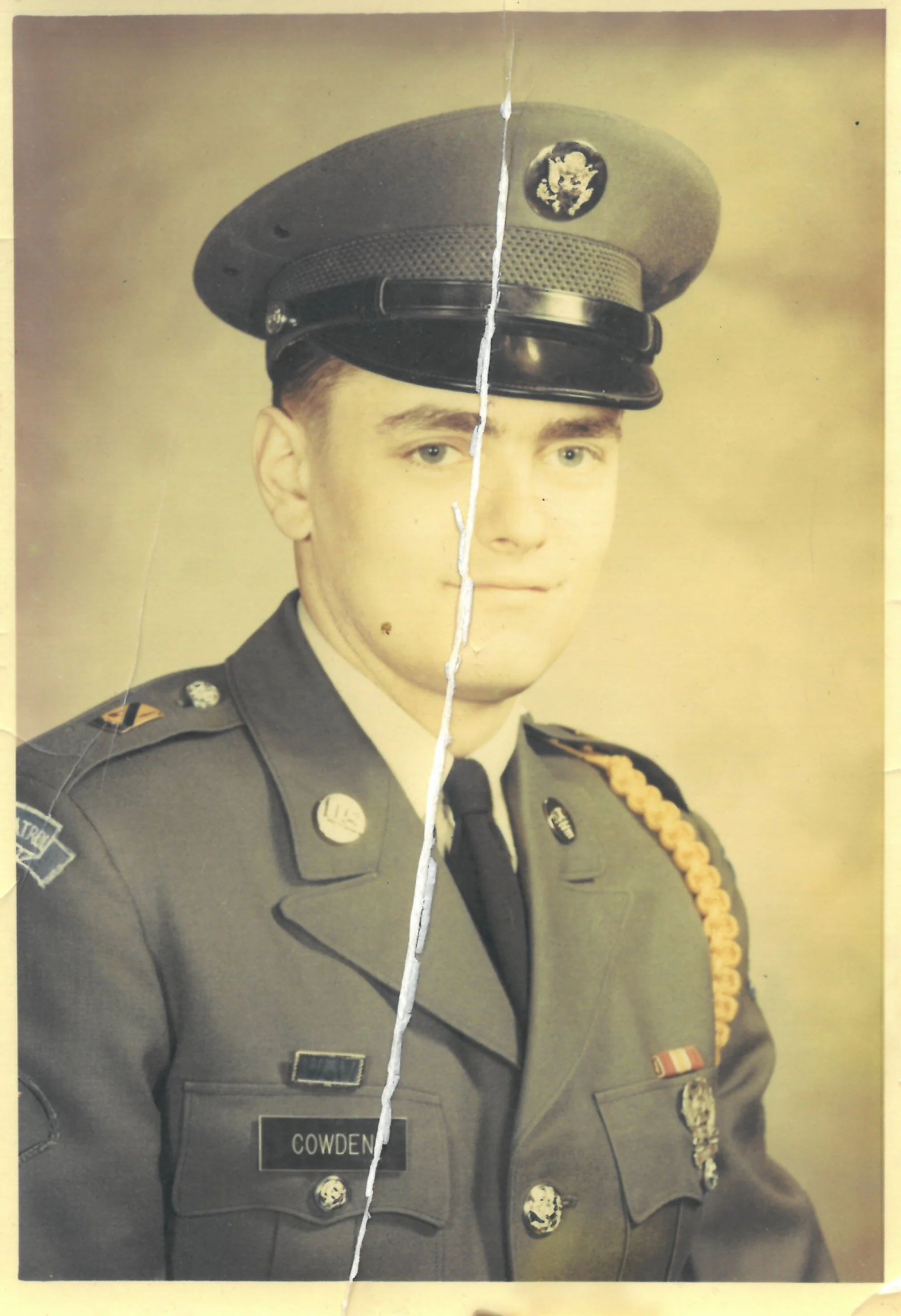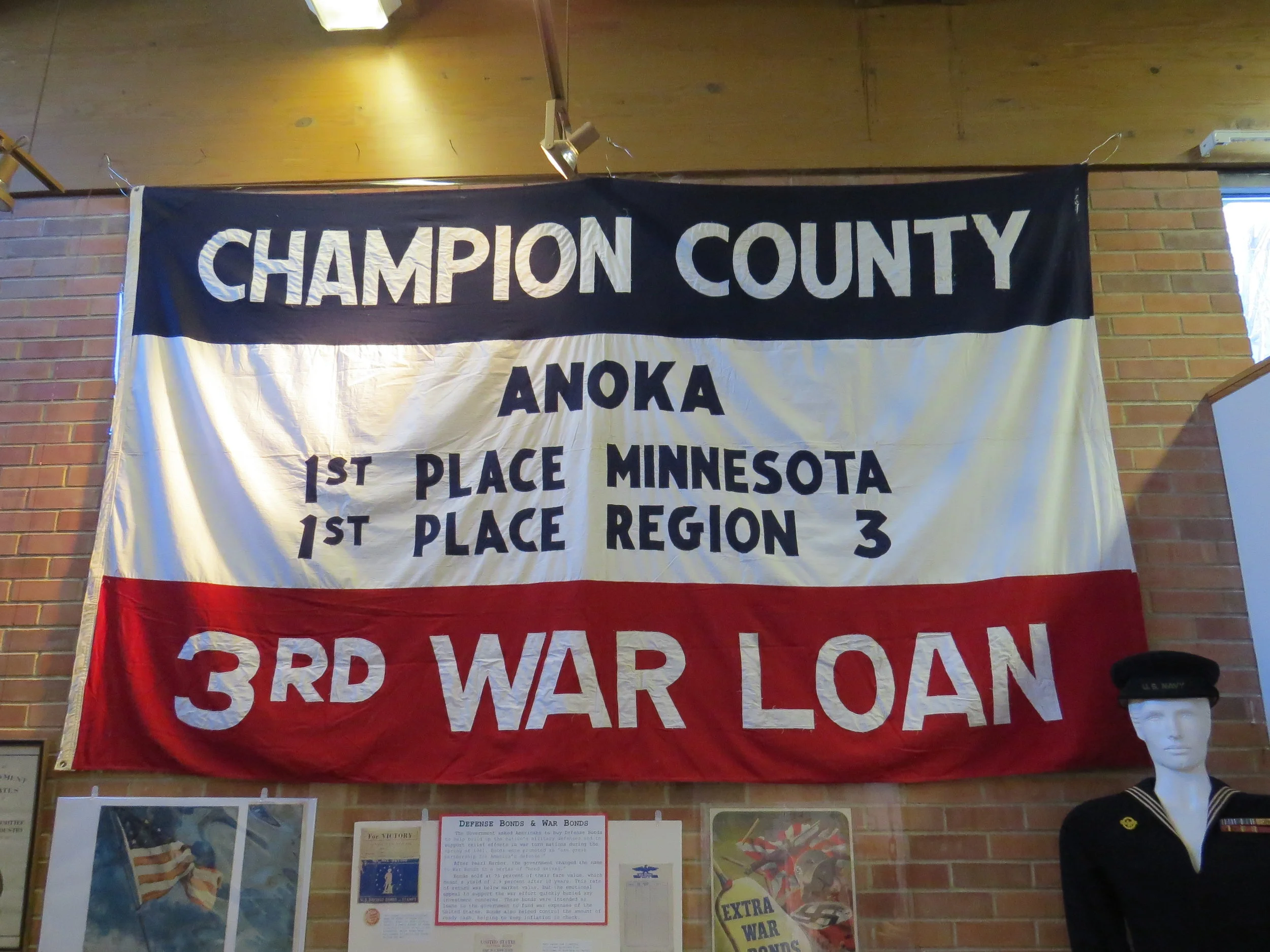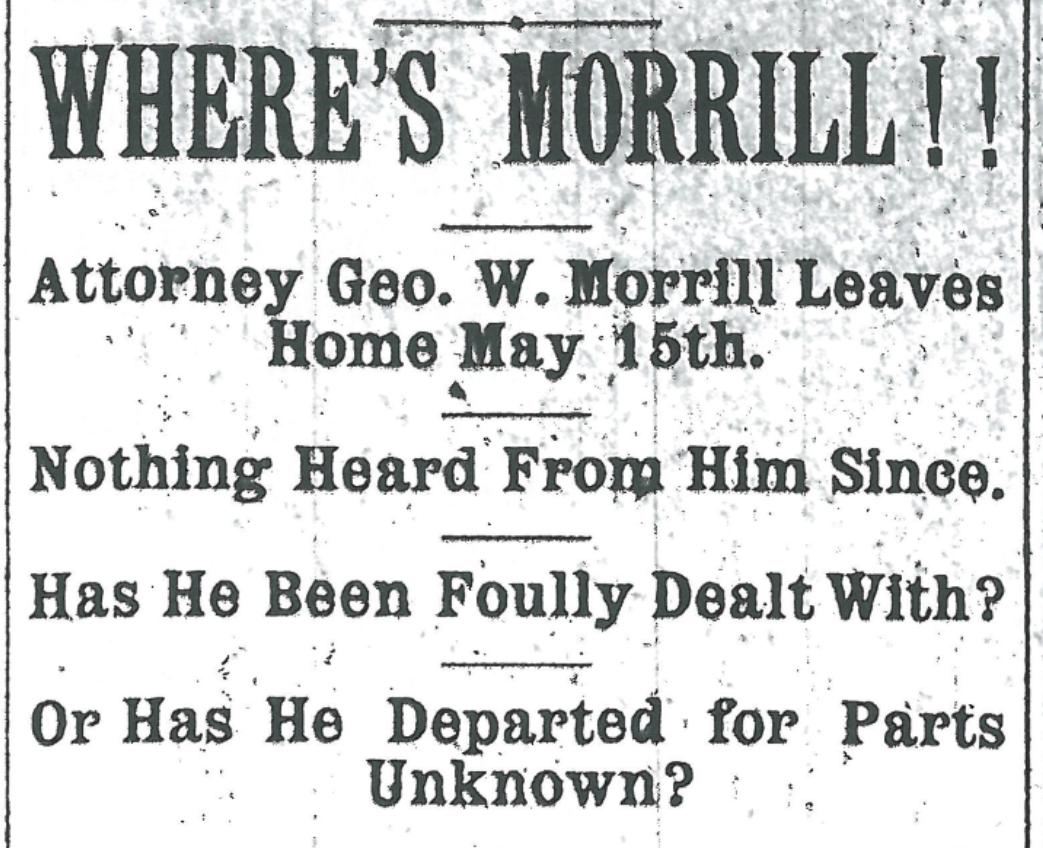With Women’s History Month upon us already, the Anoka County Historical Society would like to acknowledge several Anoka County women who have made an impact on our local history. Margaret Langfeld and Natalie Haas Steffen hold the honor of being the first two women elected to the county Board of Commissioners, 125 years after the county was established.
Read MoreSt. Patrick’s Day is typically commemorated with parades, green beer and donning green attire. The jovial holiday finds its roots in both true stories and some interesting tales about St. Patrick, the patron saint of Ireland.
Read MoreSpecialist Leslie Lawrence Cowden was born on in 1946 in Cedar, the second oldest of five children who attended St. Francis High School. At age 18, Cowden joined the Army and went to Germany. After hearing about the desperate need for medics in Vietnam, he volunteered to serve
Read MoreValentine’s Day is the officially established day when many people send valentine’s cards and chocolates to their significant other. Depending on the sources, there are various ideas of the origins of this holiday.
Read MoreSchool consolidation always seems contentious. Different entities feel they are the losers having to give up their identity to another’s greater emergence. One hundred years ago this scenario occupied the attention of the Coon Rapids area.
Read More
The idea of containing larger-than-life items in a bottle for the fun of making people ask “how?!” stems back centuries and even has a name—the Impossible Bottle. Ships remain the most popular item to stow in a too-small vessel, the first of which dates back to 1784 and lives in a German museum. Since then, however, people have spent their time puzzling over how to slide decks of cards, tennis balls, and even padlocks through the narrow bottle neck to create a talking point.
Read More
Cutter’s Grove, Thompson Riverview Terrace, Morningside addition – each neighborhood gets a name when it is first platted. Sometimes these names have a hidden history. Anoka’s Dunham Oaks neighborhood lies just north of the County Fair Grounds. The neighborhood came together because of one teacher and principal at Washington Elementary: Marion Dunham.
Read More
Back in May, we published an article about the early history of the Farmer’s Hotel building, which was located at 2110 2nd Avenue North, about midway on the block between Jackson Street and Van Buren Street, facing the river. (Please find the earlier article on either the ABC Newspapers or ACHS website: AnokaCountyHistory.org) Since this building no longer exists, we wanted to find out more about its history. Further digging in some of our resources here at the history center (especially photographs and telephone directories) allowed us to piece together a better picture of the building’s later years.
Read MoreIn 1919, people celebrated Christmas in much the same way we do now, including sharing with other people how, and with whom, they celebrated the holiday season. Today news comes to us in various forms such as Facebook, Instagram, online newspapers and TV. Back in 1919, it was either word of mouth or the daily local newspaper. These days, it is easy enough to look up a certain celebrity or a member of the British royal family, but in 1919, the celebrities were your very own neighbors, and the place to be was their Christmas party.
Read MoreIn 1879, at the age of 28, Edward L. Curial, a jeweler here in Anoka, was a political activist. Viewing the upcoming national election for the presidency between James Garfield and Winfield Scott Hancock, he set about designing, building and patenting a political token in the form of a watch fob. A fob was a small item attached to a pocket watch chain that dangled in plain sight between the pocketed watch and the secured end of the chain. It was a simple way for an individual to make a statement
Read MoreStaff from the Anoka County Historical Society spent the last six weeks at Wargo Nature Center discussing the merits of medical practices with students during the Heritage Lab educational seminar. Our station focused on how and why a family might seek out a doctor and what those early pioneers could do with herbs and other home remedies. As is often the case, history makes more sense when names and dates take on characters in a story and the lesson comes to life.
Read MoreDecember 7, 1941, a day that will live in infamy ...
Those words committed the U.S. and Anoka County to a conflict that became known as World War II, changing the face of warfare and politics forever. That war still holds tightly to our memories, even as the “greatest generation” continues to slip away.
Read MoreHorace Greeley talked about the education of all children in the 19th century. With the arrival of new immigrants, state legislators passed a compulsory attendance law in support of Greeley’s thinking to “melt” the different cultures into a common denominator. Greeley’s dream appeared to have become reality — almost. Children with disabilities attended trade classes with no academic instruction or stayed home. The Supreme Court decision of 1890 allowing “separate but equal” schools mirrored this contemporary thinking.
Read MoreThis device was a high frequency generator that claimed to “counteract the causes” of illnesses by use of the “violet ray” the generator produced. It is believed Minnie Foster Goodrich purchased this machine in the 1920s. Minnie was born in Anoka County in 1865 and lived in the area her entire life, most of it in what was then called Anoka Township, today’s Coon Rapids. Family members remember her loaning the Violet Ray machine to friends and neighbors in the 1930s.
Read MoreOne of the most enjoyable things I do as a volunteer for the Historical Society is to spend a few evenings each fall as a Ghosts of Anoka Walking Tour guide. I can’t think of a better place for ghost tours than the Halloween Capital of the World, and it’s a great opportunity to take a walk around town, share some history, and tell some stories that Anoka residents have shared with us about some of the unusual or unexplainable things which they’ve experienced in their homes and businesses.
Read MoreThe northeastern part of Anoka County was home to a unique industry in the 1890s because of a tall, tough grass, called wire grass, that grew there. More accurately the grass was sedge grass, but locally the common name of wire grass was used. This grass was too coarse and hard for animal feed, but the American Twine Company believed the grass could be harvested and used to make twine. The company bought roughly 30,000 acres in the Columbus and Linwood areas to harvest grass. Their efforts at making twine failed, but other companies were interested in the grass and several invested in Anoka County’s wire grass.
Read MoreAs you read this, Eileen and I should be on our way to pick up Ted in Litchfield after being deployed for 11 months, almost to the day.
I’m sure it will look just like reunions always do in the pictures, just like it did for us when he came home from Kosovo. Three or four buses loaded with soldiers coming along the highway, escorted by police, local well-wishers and some Patriot Guard. Streets lined with signs made by families and friends shouting messages of pride and love. Electrified wives, girlfriends, children, even a dog or two, standing in front of the red brick armory wall, fidgeting with clothes, nails and hair.
Read MoreHistory happens! Find it in the news
Read MoreIn order to take advantage of opportunities further west, George Morrill moved to Anoka in 1873 with his wife Olive (nee Caldwell) and daughter Eliza (Lida) Caldwell Morrill. He began a successful law practice, welcomed two more children, and served as Secretary for the Anoka Library Association for 1879 and as the Anoka County Attorney, 1877-1881 and 1885-1887. For all appearances, Morrill seemed a successful businessperson and happy family man in 1890--yet, he vanished never to be seen again. What happened to cause his sudden and mysterious disappearance?
Read MoreThe American Alliance of Museums (AAM), the only organization representing the entire scope of the museum community, today unveiled the names and locations of the museums taking part in AAM’s unprecedented national initiative to diversify museum boards and leadership. The full list of selected institutions below includes a cross-section of museums of all types and sizes.
Read More













